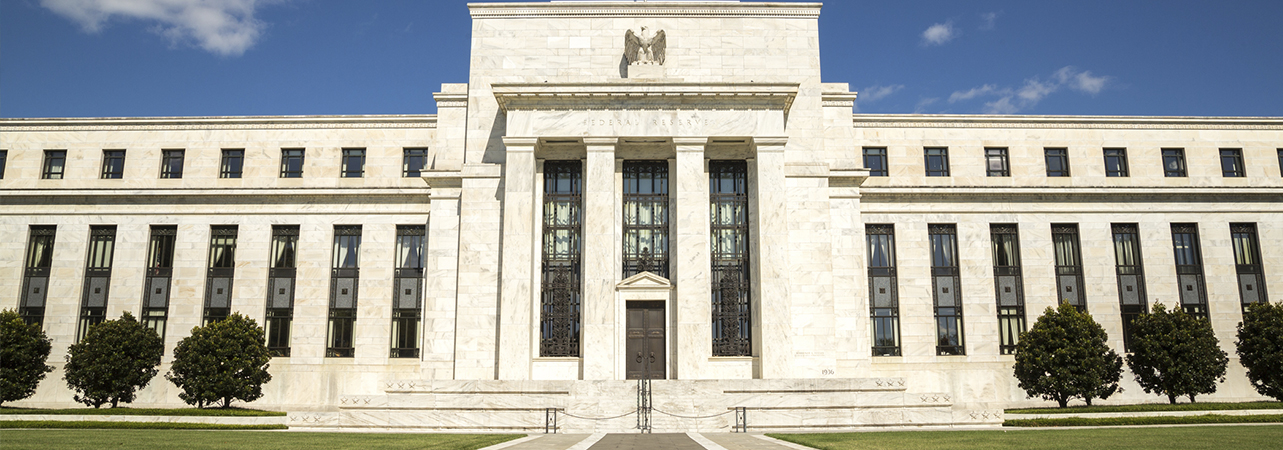The possibility of a Fed pivot appears to be back in play. Is it plausible that the US central bank will pare back its rate rises?
- The 10-year US treasury yield is still lower than the two year yield, suggesting the bond market believes a rates will rise in the short-term, but fall in the long-term.
- High inflation is now priced into financial markets
- It is plausible that inflation figures could start to roll over before the end of the year
Since the August inflation figures, most investors have dismissed the idea of a Federal Reserve ‘pivot’. Jobs data is too strong, retail spending still relatively buoyant and the prospect of recession too remote. However, some parts of the bond market continue to believe a pivot is likely.
As it stands, the 10-year US treasury yield, at 4.07%, is still lower than the two year yield, at 4.46%. This suggests that bond investors believe that rates will need to rise in the short-term, but are likely to drop back down fairly rapidly in the longer-term. This gap has widened in recent days.
In many ways, this makes sense. If inflationary pressures are acute, the Federal Reserve has shown its determination to address them, so rates are likely to rise. However, the US economy is unlikely to withstand the onslaught of inflation and higher rates, so rates will have to fall in the long-term. It’s just that no-one else seems to be expecting inflation to fall in the short-term.
The view that inflation is about to fall is still an outlier. Most economists still believe that there is pain to come on inflation and it may continue to exceed central bank forecasts. Barclays said: “Annual US inflation above 8% is simply too high, and the longer it stays there, the more the Fed will worry about high wage expectations getting embedded.”
However, there are the smallest signs of good news on inflation. Supply chain weakness has been an important contributor to inflationary pressures. Metrics such as the Federal Reserve Bank of New York’s Supply Chain Pressure Index and the FBX Global Container Index show some easing of supply chain pressures. They remain significantly higher than pre-pandemic, but are starting to move in the right direction.
Rental costs have also been a key metric and while they continue to rise, there are tentative signs of falling prices in the largest cities, with particularly sharp declines in Las Vegas and Tampa, Florida. At the same time, some commodity prices are dropping. Coal and gas prices are down significantly over the past month, which is also easing inflationary pressures.
As such, it is not impossible that inflation will ease over the next few months, allowing the Federal Reserve more flexibility on interest rates. It is still likely to be a chunky hike at its November meeting, but from there, there may be signs of hope. The world’s financial markets are watching.
Read more 'The Week' articles, click here









